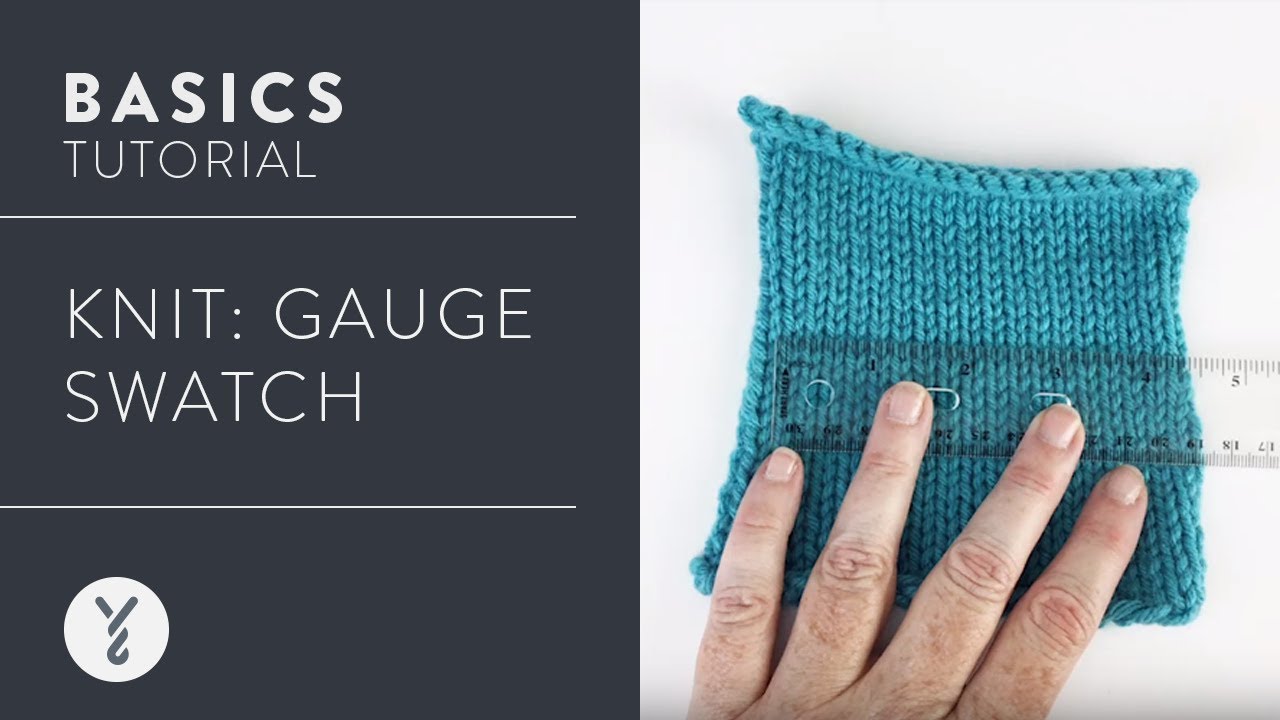
There are some things you should do before learning to knit. It's a lot like riding a bicycle: practice makes perfect. The first knitted project is usually very ugly, so you should practice a few times before attempting to make a more beautiful one.
Casting your eyes
Casting on knit is the act or adding a new stitch in a project. The size of your yarn and the tension used will determine how many stitches you can cast on. You must leave a tail when knitting and use a relaxed tension. An additional three inches of yarn should be left.
There are several ways to cast on a knit. The backward loop is one of the most common ways to cast on a knit. This involves attaching a series half-hitches to your needle, creating a stretchy edge. This method is commonly used when adding several stitches to the middle of the fabric. The edge of this method is not straight so it can be challenging to knit. A twisty simple cast-on is another method. The loop is wrapped around your thumb and then you pick up a new loop on the backside. This is less flexible but it is much cleaner.
Choose a pattern
A few key factors should be considered before you begin your knitting project. You will want to choose something that's both practical and visually appealing. Then, you can practice on it. You will also want to choose a pattern that is easy to knit.

You might find it difficult to choose the right knitting pattern. But don't be discouraged! There are many options available for different levels and skill levels. It is important to find a knitting pattern that you love. Moreover, it should be appropriate for your skill level.
Choosing a yarn
It is crucial to choose the right yarn for your knitting project. You could be disappointed if you make a wrong choice. There are many factors that go into making the right choice, including cost, stitch definition and drape, colourway, availability, cost, and availability. To make informed decisions, read the label.
There are three basic types, animal, plant, or blends, of yarn. The animal fiber yarns are excellent for making sweaters, scarves, and other soft items. Plant fiber yarns are versatile and durable.
Selecting the right size needle
When you start a new knitting project, it is important to choose the right size needle. There are many sizes and materials available for knitting needles. Some of these are designed for particular knitting patterns, and others are for general use. You should select the right size needle for your knitting project.
You should match the gauge to the needle size. The gauge of your knit will help you know how many stitches you should be knitting per centimetre. This information should be provided in the pattern you're working on. Different gauges will not result in a successful knitting project.

Selecting a stitch
Choosing a stitch to start a knitting project is one of the most important steps in the knitting process. Good stitch selection will give your knitting project an uniform look and feel. Gauge is also important in knitting. It is a measurement used to ensure that your stitches will come out evenly. The label on the yarn will tell you the gauge. It will often include information about the gauge and needle size as well the length and width.
Choosing a stitch to start a knitting project should be based on your gauge and the number of stitches you need. You need to plan how many stitches you will pick up along each edge of your knitting project to avoid puckering. Stitches have different row and gauges. You should pick up three stitches every four or five rows.
FAQ
What kinds of hobbies are appropriate for introverts.
The ability to focus on just one thing is a hallmark of introverts. They enjoy solitude and prefer to read, write, play music, watch movies, etc.
They enjoy being alone and spending time alone. They do not like to socialize all day. They often feel bored when they are surrounded by people.
Introverts will often choose hobbies that require them alone. They might enjoy reading, listening to music or taking photos, painting, writing poetry, and other such activities.
Introverts may even prefer to live alone. This allows them to focus on their hobby without being distracted by other things.
What are some good hobbies?
Hobby Ideas for People who Love to Learn and Teach Others.
Hobbies can allow you to be creative and have fun while learning.
Although there are many hobbies to choose from, they all share some common characteristics. These hobbies are often enjoyable and require minimal effort.
They often involve helping others, such as teaching an instrument to someone or building an airplane model.
While you may not see yourself as a teacher at first, chances are that there is something you could do for someone else.
If you are looking to become more creative in your daily life, you might consider starting a hobby that allows you to share your talents with others.
What are some enjoyable hobbies for seniors
Senior citizens need to find things they like doing. They should also be active and take part in activities such as sports or other physical activities.
They may want to join clubs that allow them to meet others with similar interests. They'll be less lonely as they get older.
Seniors must also be on the cutting edge of new trends. You could, for example, follow the latest trends in fashion, literature, and music.
Why do we need hobbies
Hobbies are an important part of our lives because they give us time to relax, unwind, think creatively, exercise, socialize and enjoy ourselves. These hobbies offer us the opportunity to learn new skills, develop valuable lifelong interests, and provide opportunities for us to do both.
Hobbies give us meaning and purpose in life.
They are often a great way to spend free time when you don't have much else going on.
They're even fun!
If you don't find time for hobbies, it's likely that you don't have enough time for any other activities.
Consider all of the possibilities available to your. You might consider starting a hobby if you don't already have one.
What are collection hobbies?
Books, movies, music and comics are the most popular collections.
Collect stamps, coins, cars, dolls and action figures as well as art supplies, tools, jewelry, watches, gadgets and furniture.
You get it?
Statistics
- This 100% accurate personality-analyzing hobby quiz discovers your passion based on your characteristics. (quizexpo.com)
- The Role of the Mind in Sex, Dating, and Love: Men in the “humor” condition received phone numbers from 42.9% of the female participants and were refused 57.1% of the time. (time.com)
- Much of this decline reflects the fact that teens are less likely to work today than in the past; among employed teens, the amount of time spent working is not much different now than it was around 2005. (pewresearch.org)
- 37% Video Games 36% Travel 36% Health and Fitness (quizexpo.com)
- Almost 80% of people claim to have no hobby. (hobbylark.com)
External Links
How To
How to start gardening
Gardening is one of the oldest forms of agriculture. It takes patience, persistence, determination, and perseverance. The first step to starting a garden is to pick a spot where you will grow food. This could be a large plot of land or even just a small area in your backyard. Next, choose what kind of plants you would like to grow. Are you more fond of flowers or vegetables? Some people are passionate about growing herbs, while others like raising livestock like rabbits. You should consider how much space you have available before deciding what types of crops you plan to plant. If you live somewhere that has cold winters, it might be a good idea to grow berries or fruits.
Once you have made your choice, it is time to prepare the soil. Soil is essential in determining whether your plants will thrive or fail. The soil should be rich in organic matter to provide nutrients for your plants' roots. Organic matter includes leaves, twigs (grass clippings), manure, compost, and manure. After you have prepared your soil you must add nutrients. You may need different amounts depending on what type of plants you are trying to grow. Online fertilizer calculators can be used to determine these values. There are many fertilizers on the market, so ensure you understand what you are buying.
After you have prepared the soil and added nutrients, it is time to wait for your seeds germination. The process can take between 2 and 3 months depending on how hot or cold it is in your region. After your seeds sprout, it is important to water them frequently. Problems can arise if you water your plants too frequently or too little. Overwatering can cause problems. Overwatering can result in root rot, fungal diseases, and even death. Consider that plants generally need less water in the warmer months than they do in winter. Also, remember that certain plants need to dry out after watered. For tomatoes, it is important to keep them moist but dry. They don't like to sit in soggy soil. After plants finish flowering, they need to go dormant. The time when plants stop producing new life and store energy for the next season is called dormancy. The plant ceases sending signals to its roots to produce food during dormancy. Throughout this period, the plant stores energy. The plant will eventually die if it is not given enough sunlight or temperatures below freezing.
Urban environments may limit the variety of plants you can grow. Concrete sidewalks, roads or parking lots can block sunlight from reaching urban areas. Concrete absorbs light and prevents soil below from getting sufficient sun exposure. Many plants are unable to survive in urban areas due to the lack of sunlight. However, many plants can still thrive in urban environments. Many trees, shrubs and perennials can thrive in urban environments. Many annuals are also possible to grow indoors in containers. Container gardens can be used to grow greenery indoors year-round, no matter what the weather outside.
Now that you have decided where to place your garden, chosen what you will grow, and prepared your soil, you are ready to plant!